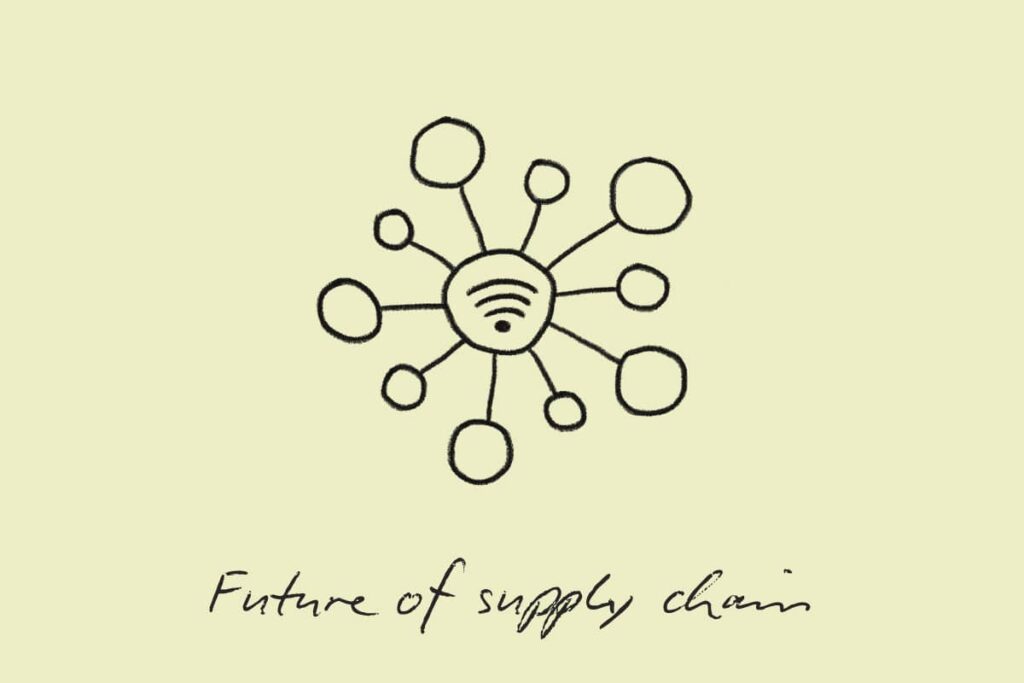Welcome to this new edition of IoT news, today we are going to talk about the new Chinese supply chain and the revolution that it will bring at a global level once the health emergency has ended.
China, the first nation to be hit by the Covid-19 virus, had decided some time ago to invest in avant-garde technology to lower the cost of production that, for several years, had no longer been competitive with countries such as Vietnam and Cambodia, which had the advantage of lower working costs.
In fact, well before the start of the pandemic, companies such as Alibaba Group had started to use data analysis, 3D animation, IoT and augmented reality to make the clients’experience more stimulating, being able to modify their commercial proposals more quickly and cheaply.
The old distribution system, known for protracted timescales and high costs, immediately went into crisis due to the pandemic, causing the production cycle and relationships with clients to slow down.
Among the technologies applied in China we find it is first of all the 3D product design that has allowed companies to eliminate expensive physical prototypes from production, saving a good deal of time in their production.
“If our industrial system continues to be in difficulty from the global economic crisis,” explained Spender Fung CEO of LI and Fung, “Our most important interest becomes that of creating the supply chain of the future. The pandemic has blocked our productive system, making the traditional system for the creation of prototypes impossible. Thanks to 3D modelling, it is possible to skip numerous stages and pass straight from planning to production.
The second market that is expanding in China is that of data analysis through artificial intelligence that is optimised through the use of new IoT products, capable of utilising them effectively: according to a prospectus by Gartner, by 2025, AI will be the base of a business of over 5 billion dollars.
Orange Business Services has underlined how Chinese logistics companies have adopted algorithms of artificial intelligence in order to improve productivity and performance. Back in 2018 Alibaba Group had announced an enormous investment to build a new logistical intelligence network. “Today, the industry can process 10 million parcels a day,” explained the president of Alibaba, Jack Ma. “In the future, we want to increase that to a billion parcels a day. And it’s for this reason that the logistic system must be prepared for this with a new intelligent infrastructure.”
Another business moving on this front, JD.COM, is aiming at what has been called the “three arrows”: robotic warehouses, consignment by drones and cloud computing.
In parallel to these technologies, there is a third market that is becoming established in China, and it is that of Virtual Reality.
According to the daily paper South China Morning Post, the VR market could reach 8 billion dollars from 2021. This technology has gained a further foothold due to the lockdown caused by the COVID-19 epidemic.
This economic crisis will very probably bankrupt numerous “traditional” companies, but those that have invested in new fields of innovation AI, IoT and 3D modelling, will emerge with a competitive advantage.
What are you waiting for to start your company’s own new IoT project? Contact us!
